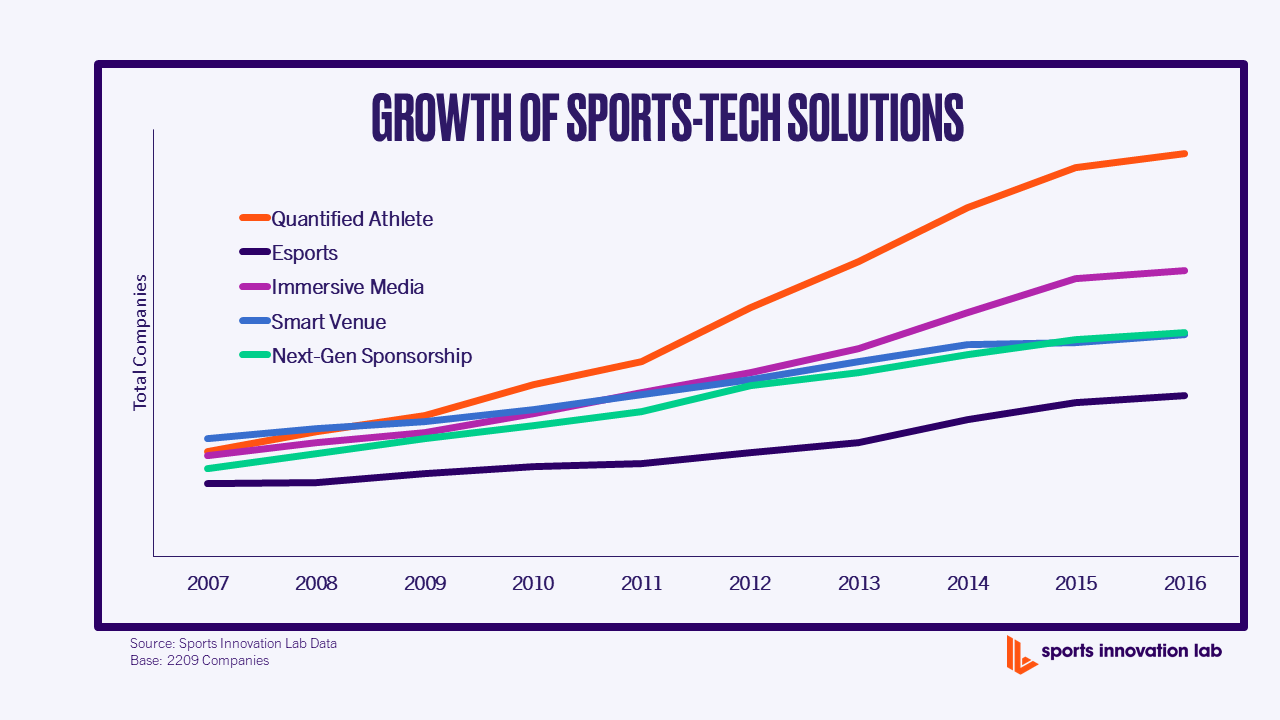[Source: CSM Live] Following a competitive tender process, conducted according to strict Peruvian procurement laws, CSM Live will perform a number of duties to bring the Games to life. These include scoping all participating venues, both competition and non-competition, for which the agency will then devise a Look and Feel concept as well as a Wayfinding concept, followed by preparation of artwork for all elements, which will be distributed to appointed local suppliers for production. CSM Live will then manage all production and installation of the Look elements, to ensure a world-class Look and Feel for these prestigious championships.
On-site in Lima, CSM Live will be working predominantly with local companies who have been selected through a tender process by the Organising Committee. This collaboration and sharing of expertise will help to leave a positive legacy for the businesses and communities involved.
The Pan American and Parapan American Games are a major sporting event in the Americas featuring summer sports in which thousands of athletes and Para athletes participate in a variety of competitions. For the Pan American Games, Lima is set to host 6680 athletes from 41 different nations of the Americas, competing in 39 different sports from July 26 to August 11. For the 2019 Parapan American Games there will be 1890 Para athletes competing across 17 Para sports in 18 disciplines from August 23 to September 01.
Prior to the tender process CSM Live attended two Department of International Trade missions in Lima, along with two independently organised visits to Peru to help forge relationships and enable them to build knowledge and confidence ahead of formally pitching for the work. These visits were carried out in 2017 and 2018.
UK Minister of State for Trade and Export Promotion, Baroness Fairhead said: “I am delighted to see that CSM Live is joining so many UK companies by growing their business through exporting – and offer congratulations to them for winning this contract to support the 2019 Pan American Games and Parapan American Games in Lima.
“The Department for International Trade stands ready to help businesses like CSM Live through our Export Strategy, which includes encouraging businesses to export, providing practical information, connecting UK businesses to overseas buyers and providing support through our award-winning export credit agency, UK Export Finance.”
On their upcoming work for the Pan-Am Games and Parapan American Games, Giles Stanford, Director of Global Events at CSM Live, stated “It’s an honour to be involved in the largest sporting event ever held in Peru. We’re already set up and working in this amazing country, using our expertise to ensure that Lima looks amazing. It’s going to be a fantastic event and we’re excited to be helping give the competitors, fans and all involved an engaging and truly unforgettable experience.”












